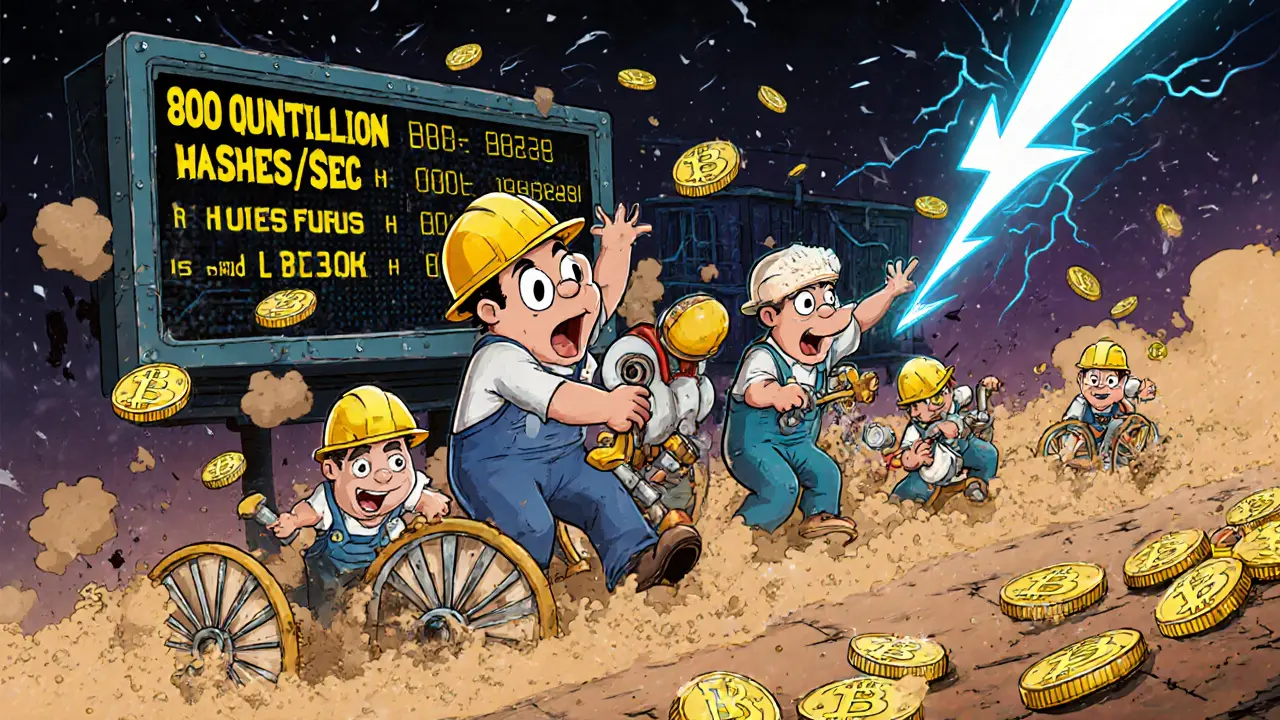Proof of Work: How It Powers Bitcoin and Why It Still Matters
When you hear about Proof of Work, a consensus mechanism that secures blockchains by requiring computational effort to validate transactions. It's the reason Bitcoin exists as we know it — a decentralized, tamper-proof network that doesn't need banks or middlemen. Every time a new block gets added to the Bitcoin chain, miners solve a complex math puzzle using powerful hardware. This isn’t just technical noise — it’s what makes hacking the network nearly impossible. If someone wanted to change a past transaction, they’d have to redo all the work behind it, which would cost more than the value of the coins they’re trying to steal.
Bitcoin mining, the process of validating transactions and securing the network through Proof of Work. crypto mining is the engine behind this system. Miners compete to solve these puzzles, and the first one to crack it gets rewarded in new Bitcoin. This isn’t just about earning coins — it’s about keeping the whole system running. Without miners, there’s no blockchain. And without Proof of Work, there’s no trust in the network. That’s why even as newer blockchains switch to energy-efficient alternatives like Proof of Stake, Bitcoin holds on tight. It’s not stubbornness — it’s security. Proof of Work has survived over a decade of attacks, regulatory pressure, and market crashes. No other consensus model has proven as reliable under real-world stress.
But it’s not perfect. blockchain consensus, the method by which distributed networks agree on the state of the ledger through Proof of Work uses massive amounts of electricity. Critics point to environmental impact. Supporters argue it’s a fair trade-off for unmatched security. The truth? It’s both. You can’t have a global, censorship-resistant network without cost. And while alternatives like Proof of Stake are faster and greener, they haven’t yet faced the same level of sustained, real-world attacks.
Proof of Work isn’t just a technical detail — it’s a political statement. It’s the reason Iran runs state-backed mining farms to bypass sanctions. It’s why miners in Texas use excess wind power. It’s why you can’t shut down Bitcoin by turning off a single server. The system is designed to be hard to control, hard to kill, and hard to manipulate. That’s why, even as crypto evolves, Proof of Work remains the gold standard for security.
Below, you’ll find real-world examples of how Proof of Work shapes everything from exchange security to mining economics. Some posts dive into how miners operate under pressure. Others show how regulatory moves affect mining hubs. You’ll see how Bitcoin’s foundation influences everything from new tokens to global finance. This isn’t theory — it’s what’s happening right now, on the ground, in data centers and mining rigs around the world.

